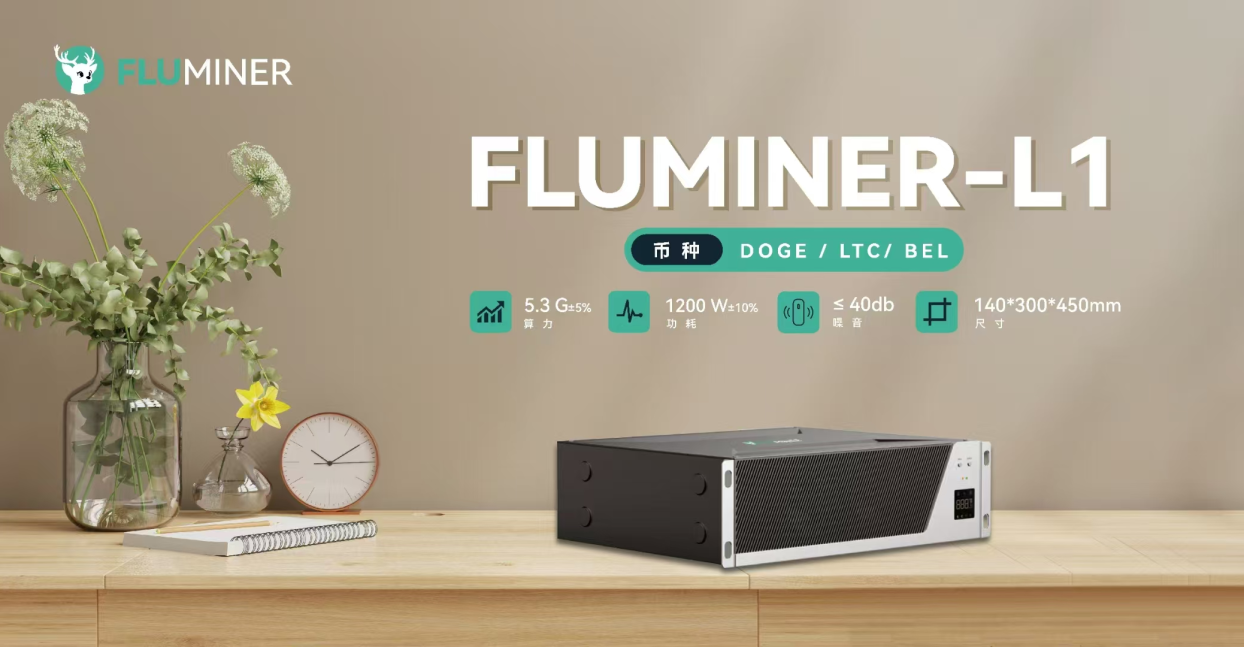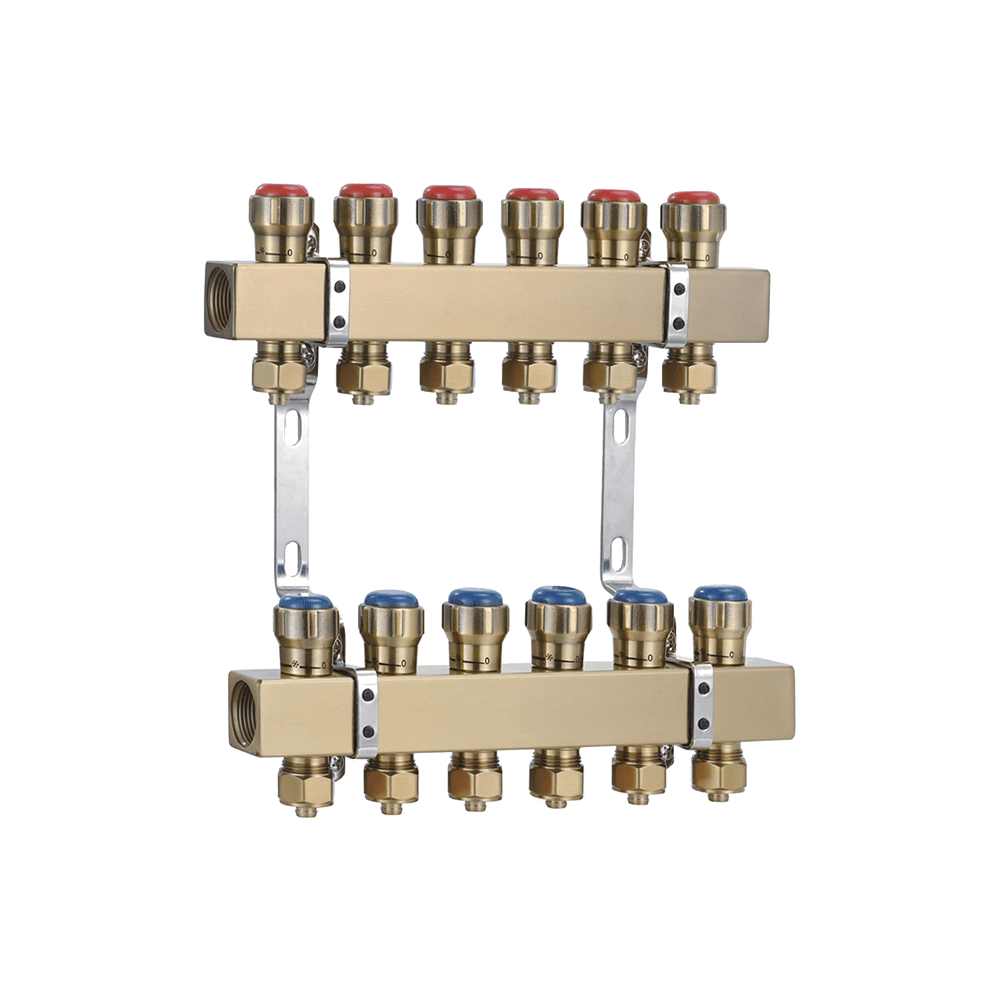APAC Is the Dominating Smart Light Fixture and Control Market
The smart light fixture and control market was valued at $52,047 million in 2021, and it is set to reach $152,029 million by 2030, growing at a CAGR of 12.6% between 2021 and 2030, according to a research report by a market research company P&S Intelligence. This growth can be ascribed to the dropping of average retailing price of LED bulbs credited to the growing production efficiency and reduced material prices.
Furthermore, the emerging problem of the energy crisis is forcing governments and people to shift toward smart lights, which can reduce the consumption of electricity.
The smart lighting industry is already popular in developed countries and is projected to grow significantly in developing countries also in the years to come. As the government has taken several initiatives to encourage the use of smart lights to reduce energy consumption.
LED lights will dominate the smart light fixture market in the future. This can be credited to the several benefits of this technology, including its low costs and better illumination effectiveness than traditional lights.
The smart light control is a network of numerous lighting fixtures linked together to control smart systems. The industry is growing mainly because of the increased pace of technological enhancement and continuous development in smart controls.
With the usage of dependable procedures and distributed control systems, controllers provide significant lighting functionality and customer value, performance, and energy effectiveness.
In 2021, the offline channel category held the larger share, mainly because instructions for installations for light fixtures are offered in detail by the salesman, helps in choosing high-quality items.
APAC held the largest share of approximately 40% in the past. This can be ascribed to the increasing initiatives by the governments of developing economies to encourage the usage of energy-efficient lights.
In addition, to draw customers' attention, key players are spending heavily on advertising their products in hospitals, schools, malls, salons, and other public places, also the rising acceptance of smart cities is contributing to the growth of the demand for energy-saving products like LED lights.
Moreover, the per-capita income of people is on the rise, which encourages them to switch to high-tech systems, propelling the demand in the region.
North America held a significant revenue share in the past, in which the U.S. dominated the region, due to the growing requirement for wireless lighting fixtures. The major benefits of these products include programming flexibility, energy efficiency, extended lifespan, and long-distance control are motivating the leading companies in the region to produce wireless lighting fixtures.
The dropping average retailing price of LED bulbs and several government initiatives to encourage the use of these lights will drive the demand for smart light fixture and control systems.
Read More:
https://www.psmarketresearch.com/market-analysis/smart-light-fixture-and-control-marketAPAC Is the Dominating Smart Light Fixture and Control Market
The smart light fixture and control market was valued at $52,047 million in 2021, and it is set to reach $152,029 million by 2030, growing at a CAGR of 12.6% between 2021 and 2030, according to a research report by a market research company P&S Intelligence. This growth can be ascribed to the dropping of average retailing price of LED bulbs credited to the growing production efficiency and reduced material prices.
Furthermore, the emerging problem of the energy crisis is forcing governments and people to shift toward smart lights, which can reduce the consumption of electricity.
The smart lighting industry is already popular in developed countries and is projected to grow significantly in developing countries also in the years to come. As the government has taken several initiatives to encourage the use of smart lights to reduce energy consumption.
LED lights will dominate the smart light fixture market in the future. This can be credited to the several benefits of this technology, including its low costs and better illumination effectiveness than traditional lights.
The smart light control is a network of numerous lighting fixtures linked together to control smart systems. The industry is growing mainly because of the increased pace of technological enhancement and continuous development in smart controls.
With the usage of dependable procedures and distributed control systems, controllers provide significant lighting functionality and customer value, performance, and energy effectiveness.
In 2021, the offline channel category held the larger share, mainly because instructions for installations for light fixtures are offered in detail by the salesman, helps in choosing high-quality items.
APAC held the largest share of approximately 40% in the past. This can be ascribed to the increasing initiatives by the governments of developing economies to encourage the usage of energy-efficient lights.
In addition, to draw customers' attention, key players are spending heavily on advertising their products in hospitals, schools, malls, salons, and other public places, also the rising acceptance of smart cities is contributing to the growth of the demand for energy-saving products like LED lights.
Moreover, the per-capita income of people is on the rise, which encourages them to switch to high-tech systems, propelling the demand in the region.
North America held a significant revenue share in the past, in which the U.S. dominated the region, due to the growing requirement for wireless lighting fixtures. The major benefits of these products include programming flexibility, energy efficiency, extended lifespan, and long-distance control are motivating the leading companies in the region to produce wireless lighting fixtures.
The dropping average retailing price of LED bulbs and several government initiatives to encourage the use of these lights will drive the demand for smart light fixture and control systems.
Read More: https://www.psmarketresearch.com/market-analysis/smart-light-fixture-and-control-market






